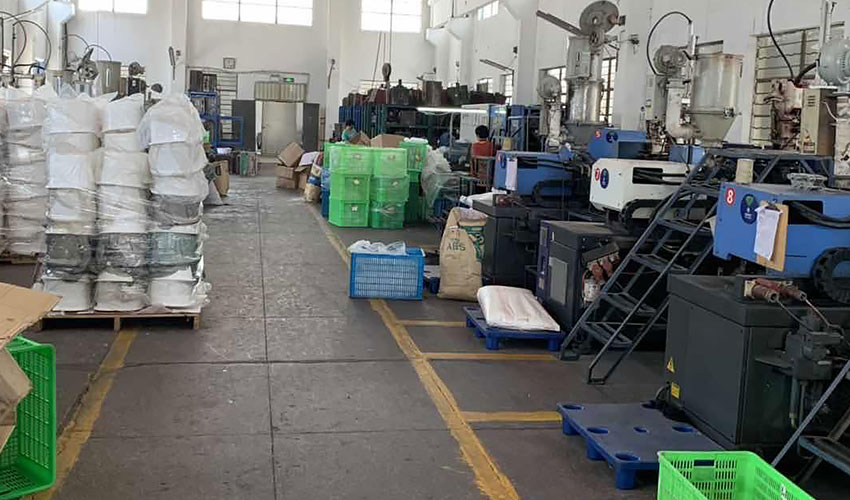Types of defects and sample size
The nature of potential defects and the percentage of inspected items
There are basically three main methods of producing goods in China:
- automated
- partially automated
- manual manufacturing
The production method determines the nature of potential defects.
Automated manufacturing
All items in the batch usually have similar quality, because they are produced under identical conditions and on the same equipment. The only exception would be some malfunction or faulty operation of the machinery, leading to certain systematic defects.
If such production flaws are identified among the inspected samples, a certain percentage of items it the batch would have it as well.
This statement is also true for the opposite situation: if the inspected samples do not have any production defects, the rest of the items would also be fine.
Therefore, the inspection of 50-80 items from the batch is generally enough to draw a conclusion about the overall quality of the goods.
Partially automated and manual manufacturing
The use of manual labor increases the risks of various random defects due to human errors, especially in the absence of thorough internal quality control at the factory.
This is particularly evident in Textile manufacturing. A lot of manual work is usually involved in the process, leading to such common handmade production defects as skipped and irregular stitching, uncut threads, loose buttons, and so on.
In case such flaws are found in the course of inspection and the client considers the defect rate to be too high, the whole batch may be returned to the supplier for corrections.
Quantity of inspected items
The percentage of inspected items is determined by AQL standards and depends on the following factors:
- Total quantity of the items in the batch.
- Technical complexity of the items.
For example, the inspections of consumer electronics are usually more time-consuming because the inspector has to test functionality of the items in addition to the examination for external defects and overall quality.
Normally we aim to inspect 5-10% of the total amount of the goods.
Does it make sense to perform rejection of every item during the inspection?
We do not recommend asking the inspector to perform rejection of every item.
Firstly, this is usually impossible time wise in the course of one inspection and may require additional visits to the factory. Such approach only makes the inspection more expensive and delays shipment.
Secondly, it only leads to even higher defect rates in future orders. The supplier gets the idea that the rejection is taken over by an inspection company, whereas it is the function of internal quality control department.
The main purpose of a pre-shipment inspection is to identify potential problems with the goods and provide accurate data about it, so that the supplier could address them.
More topics on Quality Control Inspection services
LIVE pre-shipment inspection for Amazon FBA
Quality control in China FBAHELP is proud to introduce an innovative service for Amazon FBA sellers – providing pre-shipment inspections in China in LIVE format. This approach is a true know-how in quality control services, taking them to a whole new...
Quality control inspections in China
Pre-shipment factory inspection framework Upon receiving the request for pre-shipment inspection, we coordinate the time of our arrival at the factory with you and the supplier. We suggest to perform quality control inspections in China after the goods are ready for...
Pre-shipment inspection in China
Quality Control inspections in China Pre-shipment inspection Constant quality control is the basis of successful business with Chinese suppliers. Lack of attention to this fact can easily result in losses because of partially or fully defective batch. Flawed items,...
Types of quality control inspections
Product quality control inspection in China In general, there are 5 types of quality control inspections: Factory audit. Pre-Production inspection. Mid-production inspection. Pre-shipment inspection. Container Loading inspection. Factory audit Factory audit is an...
Who pays for samples?
Who pays for the samples? Quite often Chinese suppliers expect you to pay for the samples. It is true that so called suppliers, trying to sell you something by pretending it to be a sample are quite common in Chinese internet space. Nevertheless, it is...





